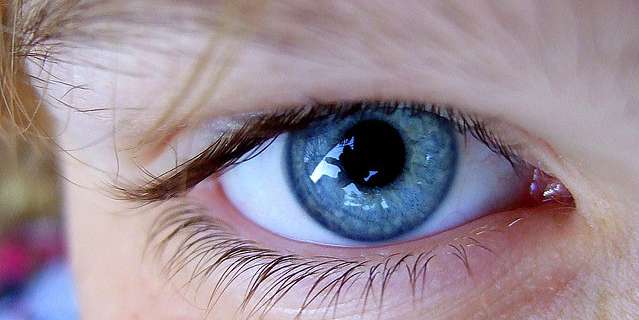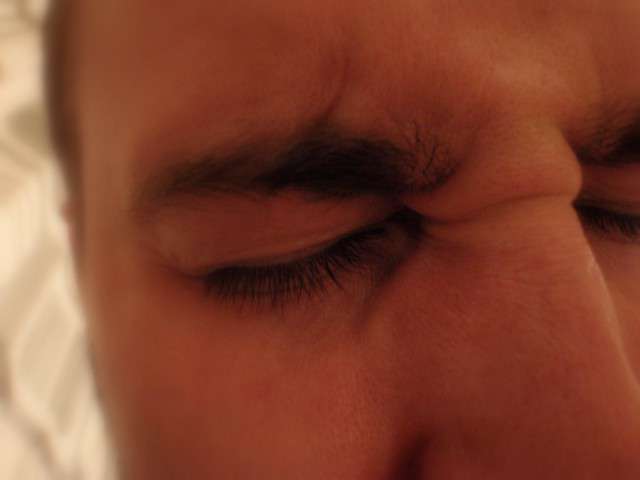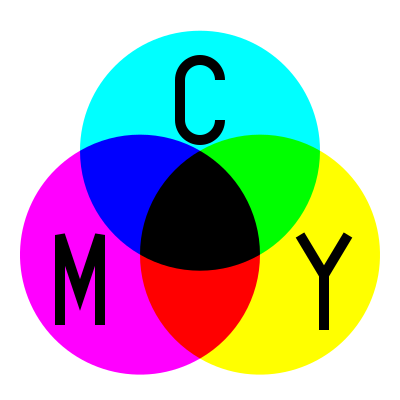
The human eye is made up of over two million parts making it second only to the brain in complexity. Image Source: Flickr user Ali T
As I drove down the road today, the colors painting the landscape reminded me why I love this time of year. In my part of the country the trees are beginning to turn bright hues of golden-yellow and reddish-orange. Every day I am amazed by the stunning visual assessment of color that our human eyes are capable of. Fall is also the time of year that has me reflecting on the colors that line the isles of my local store as I contemplate my next autumn-inspired wardrobe or décor purchase, or comforting crockpot meal. Once again the visual assessment of color invigorates my senses… and my purchasing choices, too.
The amazing human eye
The eye is one of the most important and complex parts of the human body. Consisting of over two million working parts and is second only to the brain in complexity. It is no wonder why vision is such an essential part of who we are and the way we perceive the world. Our visual assessment directs the way we feel, our choices in clothing, the foods we eat, and the products we buy.
We use our sense of sight on a daily basis to make decisions and choices, and despite variations in visual assessment from one person to the next, it is still more consistent than our sense of taste or smell. With the ability to decode up to 50 shades of gray and over 10 million different color combinations, it is no wonder that both scientists and manufacturers want to know more about how color influences the population.



